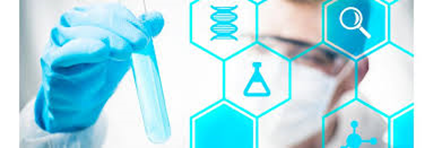
We have heard a lot about clinical trials over the last year in regard to the coronavirus vaccine programmes that have been in development around the world. They are important in developing drugs for use by humans – mostly from a safety point of view, but they also help to understand how effective these drugs are, as well as how they can best used better by administering different doses.

Most clinical trials start at the phase 1 point, but there are a few that will start at phase 0. These are not common, and only include a very small number of people who will have discussed this with their doctor.

Phase one trials are the point at which they usually start. These are also very small and include a small number of selected patients such as these Richmond Pharmacology adaptive phase 1 studies. They can often take a long time to complete as patients will be monitored closely and brought onto the trial slowly.
Phase 2 trails will include a larger number of people. Once a trail has got to this point, it is past the initial uncertainty stage and doctors will already have a lot more data on how the drug performs. At this stage doctors are hoping to find out if the drug works well enough to be used in a larger trial.
When a trial gets to phase 3, it has already been successful in earlier trials, and this is the stage where many people will now be participating so that doctors can get a much bigger idea of the effects on a wider range of people.
